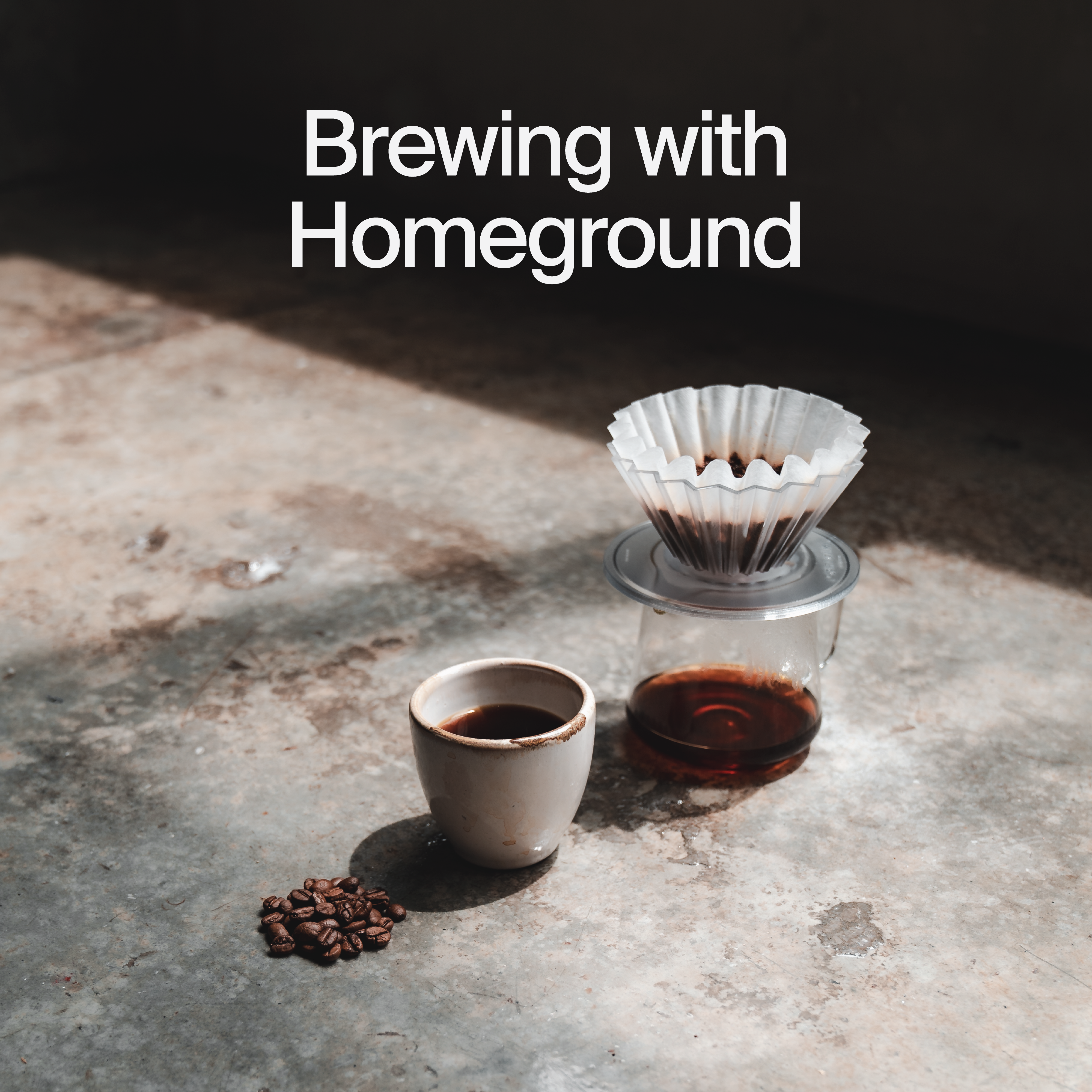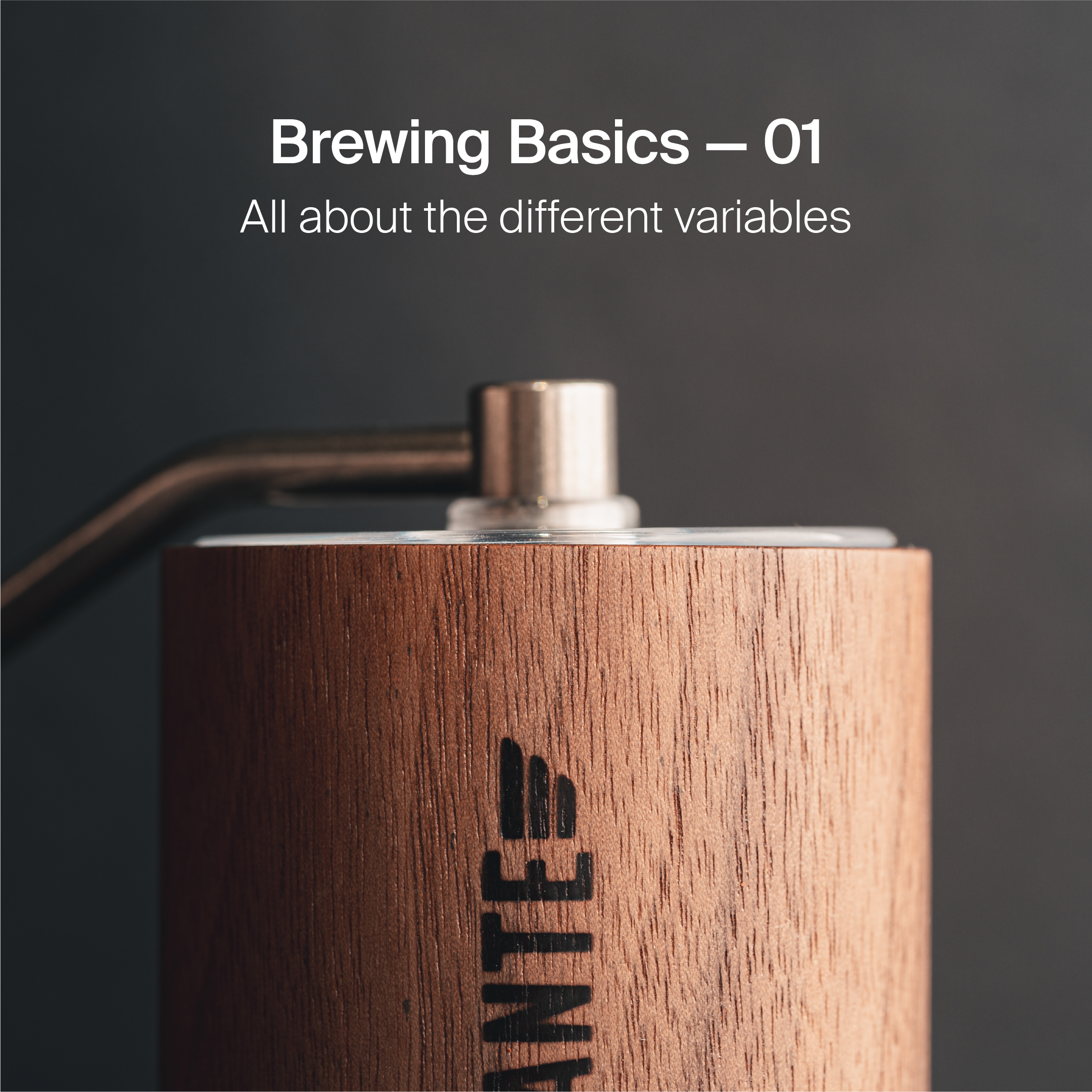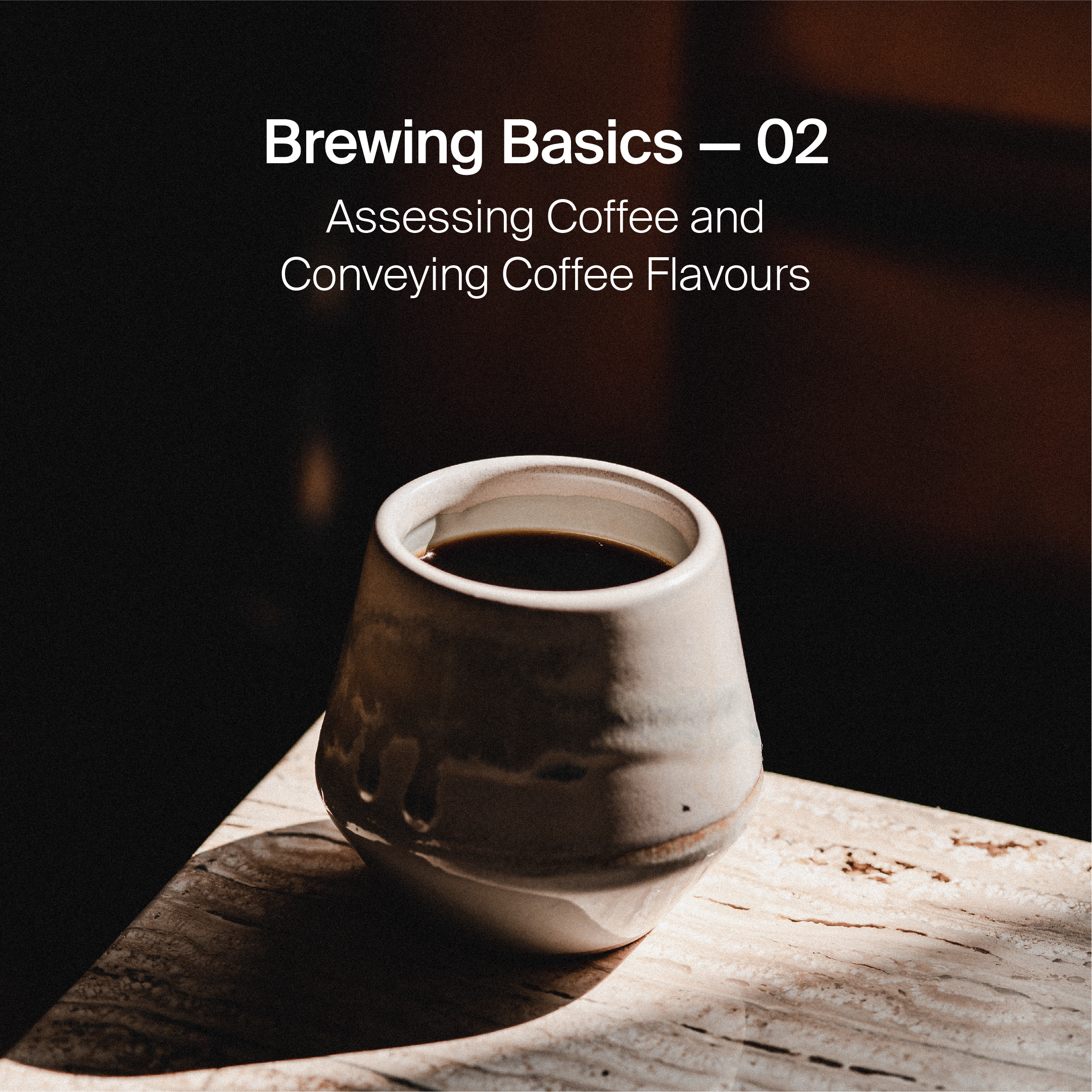Learn coffee brewing with Homeground Coffee Roasters through 2 professional barista lessons. From basics to advanced techniques, master your perfect brew with expert guidance.
Today, as consumers increasingly enjoy the value of plant-based milks in specialty coffee, both for its improving quality and compatibility with coffee and its inclusivity for non-dairy coffee drinkers, the growth in preference for non-dairy milk among coffee drinkers continues to soar to record highs.
Yet, for the past few years, this has stayed mainly within the bounds of commercial service, and not reflected in the prestigious grounds of barista competitions across the world. Since its inception in 2000, the World Barista Competition has regulated cow’s milk to be the base upon which the milk drink course (formerly defined as a cappuccino) will be evaluated.
That however, is all about to change.
In recognition of the growing popularity of non-dairy milk drinkers and true to the ever-changing nature in which coffee is enjoyed, the World Coffee Events (WCE) revised its regulations to include the use of milk of any form in this year’s update to the competition rules for the World Barista Competition (WBC)
This is a positive change that is likely to be met with warm reception across many progressive coffee communities worldwide. But, with every change also comes its considerations, and this can best be explained by first exploring the history behind milk.
The Initial Inclusion of Cow Milk
Ever since the first addition of milk and its mainstream adoption in the 17th century, it has become one of the main formats of serving coffee. The first WBC in 2000 took reference from the main trio of popular drinks consumed by customers commercially at that time: espresso, cappuccino and a coffee-based signature drink. Aside from the lack of alternative milk options back then, in a time when most coffee drinkers either drank coffee black or white, cow’s milk is a generally available product across all countries, and therefore a relatively fair and standardised format to assess white coffee.
In 2016, it was amended from a cappuccino to a milk drink course, once again in line with customer preferences shifting away from simply thick foam topped cappuccinos to a variety of foam levels, including the hugely popular “flat whites”.
These changes, a constant revision to keep up with the modern coffee industry, brings us to the change in this year’s regulations.

The Path Forward
To quote the changes from the official Summary of Rules Changes, under the Milk Beverage component:
“... Plain (sweetened or unsweetened) plant-based milks may be used. Animal milks are not restricted to cow’s milk. All milks must be commercially available and unflavoured. No human milk will be accepted, or a competitor will receive zero in that category.
No additions may be made to milk, though all commercially available milks will be accepted.”
If one thinks about just one type of alternative milk alone, the number of commercially available brands are countless, with each tasting so different from another!
This opens up endless possibilities for the taste experience in the milk drink course.

The Effect on Judging Milk Courses
With this change, the scoring system was also adapted to take into account the effects of choices of alternative milks. Two of these updates encompass the main adaptations taken to address this:
- In the Evaluation Scale & Scoring segment, what was once simply a score for the Sensory aspect of a coffee is now expanded into three overall Evaluation Scales of Accuracy (of descriptors), Impression (of likability and impressiveness) and Experience (of the drink as a whole). The increased descriptors change the type of sensory.
- In the Taste Experience segment for milk beverages, the references to balance are replaced by taste experience, and flavour, replaced by taste profile:
“The texture and temperature of the beverage and the taste of the coffee and milk will be included in the balance taste experience evaluation.. The flavour taste profile of the beverage should support specialty coffee, with a balance created by the addition of milk.”
There is an increased focus on the taste experience, both in its accuracy of describing what the milk drink course brings to the table, as well as its impression and overall taste profile.
Balance as a criteria is now integrated into the Impression and Experience components of scoring, where it is assessed in tandem with the other aspects. This is perhaps attributable to the fact that a well balanced coffee with a unique flavour is no longer sufficient when we consider the addition of a new variable of milk that is capable of altering both the balance and the flavour profile of the milk beverage.
Conclusion
With these changes, competitors are now more prized for their ability to accurately identify the flavours provided as a result of their choice of milk, and the ability to select the right milk component that can best complement their coffees and create a great impression while being deliciously enjoyable.
Eventually, the new milk drink course may turn out to be a less standardised version when compared to the years past, but the new change in scoring goes some way to mitigate the lack of a common basis of comparison for white coffee.
More importantly, this brings a new question to the fore, and one that we believe home brewers and baristas alike will be paying close attention to: is there a possibility that there exists different milks that can best pair with different types of coffees?
Journal Archive

Cryodesiccation and fractional freezing practices

Cross-modal perception of colours on the taste of coffee

To have the Confidence to Enjoy
Learning to enjoy more

Same Coffees Everywhere, All at Once
Why do local specialty coffee shops serve the same coffees?

A study of unexpected coffee production nations

A low down on using puck screens for espresso machines





